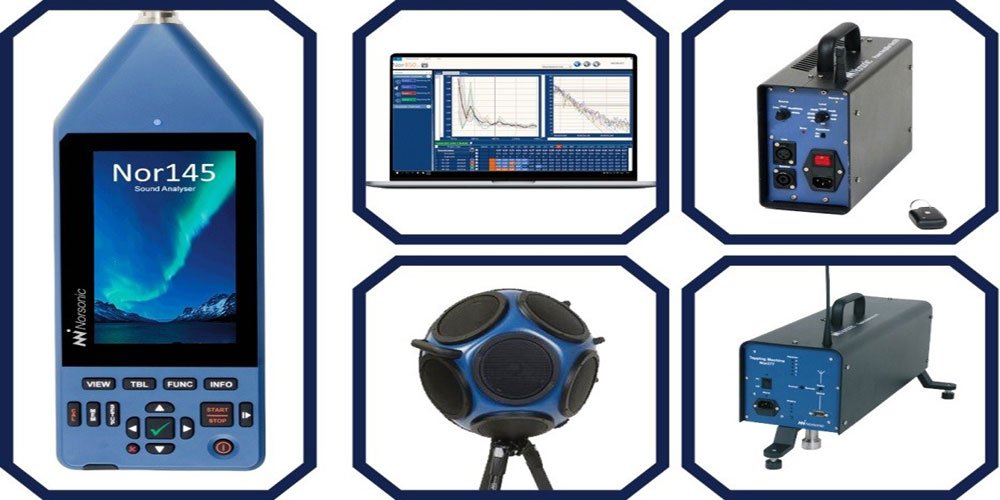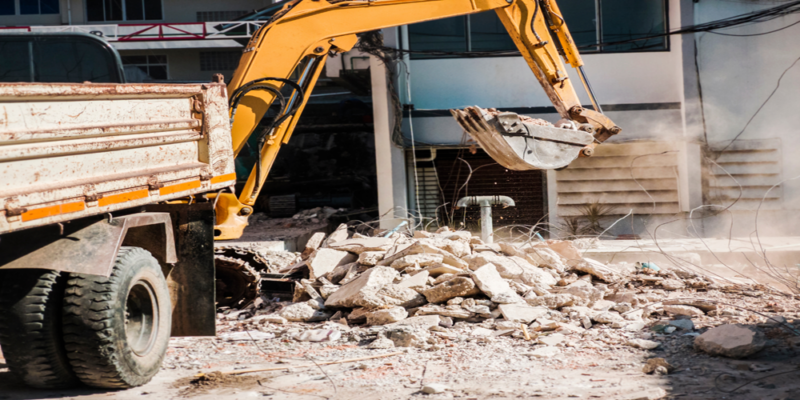
Indoor Air Quality Testing in the Buildings Industry: Ensuring Healthy Environments
In today’s world, where we spend a significant portion of our time indoors, the quality of the air we breathe has become a matter of utmost importance. Poor indoor air quality (IAQ) can have detrimental effects on our health, comfort, and overall well-being. Recognising this, the buildings industry has taken proactive steps to ensure healthier environments through comprehensive indoor air quality testing.
Indoor air quality testing involves assessing and analysing various factors that can impact the air quality within a building. These factors may include pollutants, allergens, temperature, humidity, ventilation systems, and the presence of any harmful gases or volatile organic compounds (VOCs). By conducting thorough testing, building owners, facility managers, and occupants can gain valuable insights into the current state of their indoor air quality and make informed decisions to address any issues identified.
Why is indoor air quality testing crucial? Firstly, it is directly linked to occupant health and comfort. Poor indoor air quality can lead to a range of health problems, such as respiratory issues, allergies, headaches, fatigue, and even more severe conditions in some cases. By monitoring and testing the air quality regularly, potential risks can be identified and mitigated, creating a healthier environment for all.
Secondly, indoor air quality testing contributes to increased productivity and well-being. Studies have shown that good air quality enhances cognitive function, alertness, and concentration, ultimately leading to better performance in workplaces, schools, and other indoor environments. By ensuring optimal air quality, building owners can create a conducive atmosphere for occupants to thrive.
Moreover, indoor air quality testing is vital for compliance with regulations and industry standards. Many countries have established guidelines and standards for acceptable indoor air quality levels, particularly in commercial buildings. By conducting regular testing and meeting these standards, building owners can avoid penalties, legal issues, and reputational damage. It also demonstrates their commitment to providing safe and healthy environments for occupants.
So, what does the indoor air quality testing process entail? While it may vary depending on the specific needs and characteristics of a building, it generally involves the following steps:
Assessment and Planning: Identifying the scope of the testing, determining key parameters to measure, and developing a comprehensive testing plan.
Sample Collection: Gathering air samples from various areas within the building, including occupied spaces, HVAC systems, and potential pollutant sources. This may involve using specialised equipment and techniques to capture accurate data.
Laboratory Analysis: Sending collected samples to accredited laboratories for detailed analysis. This step helps identify specific pollutants, allergens, and other contaminants present in the air.
Data Interpretation: Analysing the test results and interpreting the data to evaluate the overall indoor air quality. This includes comparing the results against established standards and guidelines.
Reporting and Recommendations: Compiling a detailed report that outlines the findings, including any areas of concern or non-compliance. The report may also provide recommendations for remedial actions to improve indoor air quality.
Implementation of Remedial Measures: Based on the recommendations in the report, taking necessary steps to address any identified issues. This may involve improving ventilation systems, controlling pollutant sources, or implementing air filtration technologies.
Ongoing Monitoring: Regularly monitoring and reassessing the indoor air quality to ensure the effectiveness of implemented measures. This helps maintain a healthy environment and identify any emerging concerns promptly.
Indoor air quality testing is a collaborative effort involving building owners, facility managers, occupants, and specialised professionals in the field. By working together, they can create healthier and more sustainable indoor environments that promote well-being, productivity, and overall quality of life.
Importance of Ventilation: Proper ventilation plays a vital role in maintaining good indoor air quality. It ensures the circulation of fresh air while removing pollutants and maintaining appropriate humidity levels. During the testing process, ventilation systems are thoroughly examined to ensure they are functioning optimally and meeting ventilation standards.
Identifying Specific Pollutants: Indoor air quality testing helps identify specific pollutants that may be present in the air, such as carbon dioxide, carbon monoxide, formaldehyde, volatile organic compounds (VOCs), particulate matter, and mold spores. By pinpointing these contaminants, appropriate actions can be taken to mitigate their sources and reduce their impact on occupants.
Occupant Sensitivities and Allergies: Some individuals may have sensitivities or allergies to certain substances or allergens commonly found indoors, such as dust mites, pollen, pet dander, or mold. Indoor air quality testing can help identify the presence of these allergens, allowing for targeted strategies to minimise exposure and improve the indoor environment for sensitive individuals.
Impact on Energy Efficiency: Indoor air quality testing can also contribute to energy efficiency in buildings. By identifying inefficiencies or problems with HVAC systems, such as leaks, improper filtration, or inadequate airflow, corrective measures can be implemented to optimise energy usage while maintaining good air quality.
Compliance with Green Building Certifications: Many green building certifications, such as LEED (Leadership in Energy and Environmental Design), emphasise the importance of indoor air quality. Conducting regular testing and maintaining high air quality standards can help buildings earn and maintain these certifications, demonstrating their commitment to sustainability and occupant well-being.
Consideration of Outdoor Air Quality: While indoor air quality testing primarily focuses on assessing the air within buildings, it’s essential to consider the impact of outdoor air quality as well. Buildings located in areas with high pollution levels may require additional measures, such as advanced filtration systems, to ensure optimal indoor air quality.
Technological Advancements: The field of indoor air quality testing has witnessed advancements in technology, making the process more efficient and accurate. Automated monitoring systems, real-time sensors, and data analytics tools are increasingly used to continuously monitor air quality, providing instant feedback and alerts for timely intervention.
Public Awareness and Education: Raising awareness about the importance of indoor air quality testing is crucial. Building owners, facility managers, and occupants should be educated about the benefits of testing, how to interpret results, and the actions they can take to improve air quality in their respective spaces.
Remember, ensuring good indoor air quality goes beyond testing alone. Regular maintenance of ventilation systems, proper cleaning practices, and minimising pollutant sources are all integral to maintaining a healthy indoor environment.
By prioritising indoor air quality testing, the buildings industry can make significant strides towards healthier, more sustainable, and comfortable spaces for everyone. Let’s breathe easy and champion the cause of clean and fresh indoor air.


